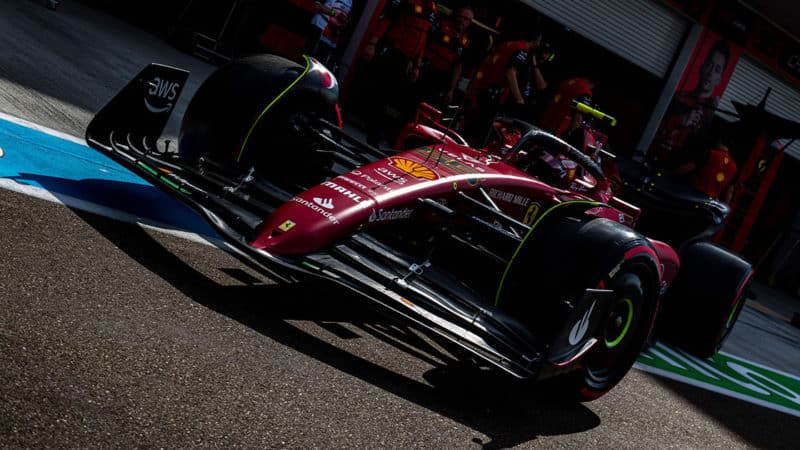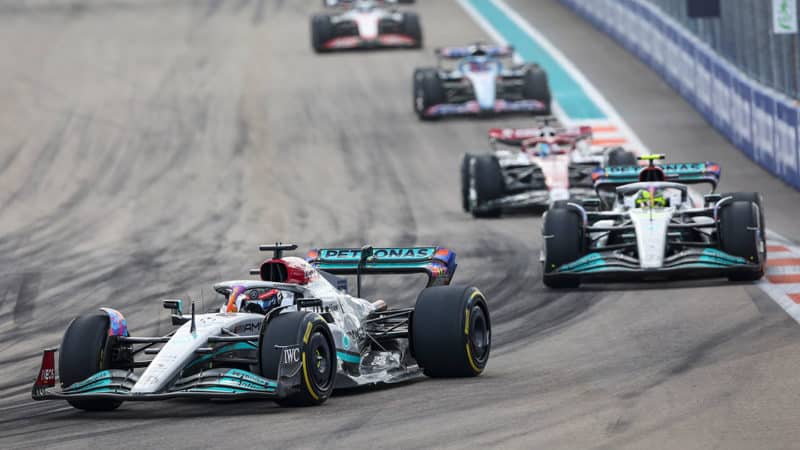But there’s no other alternative. A team cannot just sit still as its rival first of all erodes your initial advantage and subsequently reverses it. Ferrari’s response with its heavily updated car and whether it can halt or reverse Red Bull’s recent gains could define whether we have the close title fight that these first few races have promised.
For Mercedes the situation is not so much fear of turning a good thing bad as hope of the opposite. The upgrade is physically extensive, the floor quite different to before. But how well have the car’s underlying problems been understood? There’s a theoretical rocketship in the ‘zero sidepod’ W13 but that simulated performance hasn’t yet come close to being replicated in the real world. Is it forever unachievable, with a concept just fundamentally wrong? Or is there a big chunk of performance there just waiting to be teased out with the right tweak?
Meantime, Red Bull and Max Verstappen have the ability to blitz an entire weekend with a car relatively immune from porpoising yet still producing very good downforce, the elusive combination chased by the others. Put such a car in the hands of Verstappen and he can take the field apart. But it’s sometimes a little fragile.
Furthermore, with all the performance the team has put on the RB18 already, how much can be left, given the imposed cost constraint? “There’s plenty left in the tank,” assured Verstappen to F1 yesterday. Which potentially sounds a little ominous for the others and the complexion of the season could very well be one of Red Bull domination after a shaky start. But not if either – or both – sets of developments on the Ferrari and Mercedes hit paydirt. Today at Barcelona is when we begin to find out.



